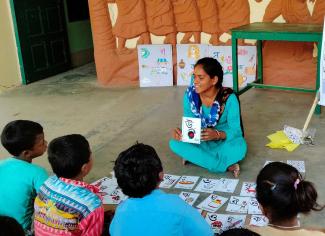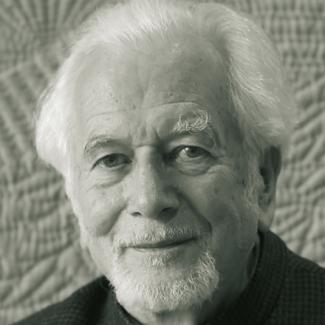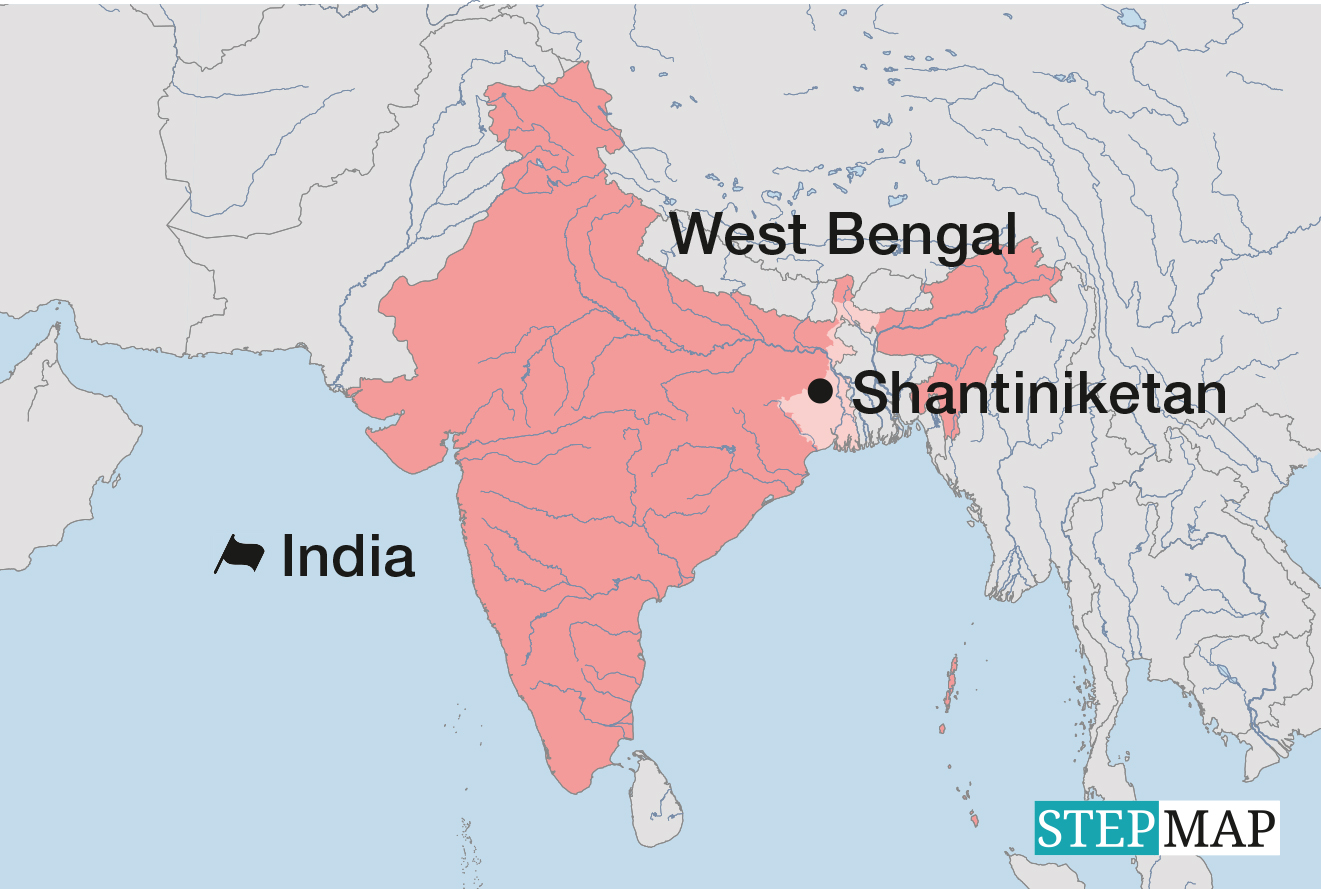Languages
Understanding people in their native language

It took a long time, too long, for me to decide to learn Bengali. After graduating from university, I came to Calcutta as a German teacher and thought that I would stay for one or two years before returning to Europe. Things turned out differently. I taught for three years and then decided to begin a new course of study in Chennai (South India). Another three years! Afterwards, when I wanted to extend my studies again and conclude my research by earning a doctorate, it became clear to me that now I had to learn an Indian language.
I was living in West Bengal again, though not in Calcutta, but in the small university town of Shantiniketan, which was once home to India’s national poet, Rabindranath Tagore. At that time there was no “Bengali for Non-Bengalis” class. So, I hired a private tutor.
A particular challenge
I had learned English and French and was quite proficient in both languages after having spent a year each in Wisconsin and Paris. But I was aware that learning an Oriental language, even within the region where it was spoken, was a particular challenge.
Bengali has its own script, which is related to Devanagari (the script in which Sanskrit and Hindi are written). This script represents some vowels where they are spoken in the word. However, others are placed in front of the consonants after which they are pronounced, and one other vowel is represented only at the beginning of the word and nowhere else.
The syntax is different from that of European languages. Verbs appear at the end of sentences, and instead of prepositions, postpositions are attached to nouns. The language does not assign nouns’ gender, but does use polite forms that correspond to the German “Sie”, even when referring to people in the third person singular or plural. Often, the meaning of a word only becomes clear based on its position in the sentence. Therefore, I had to learn to understand the world using hitherto unknown linguistic differentiations, while at the same time dispensing with familiar categories.
An overwhelmed teacher
My Bengali instructor was a young man with a master’s degree in philosophy, but no training as a language teacher. He probably thought: I’m Bengali, so I can teach Bengali. He had an intuitive command of grammar and syntax, like most native speakers, but couldn’t explain the rules.
My instructor tried to teach me like I was a six-year-old learning how to write in school. His pedagogical cluelessness combined with his pride in his native tongue made learning difficult for me. On top of everything else, I was already over 30 and therefore no longer at an age when acquiring a language comes easily. If only I had started ten years earlier! I was often discouraged.
At the time there were no textbooks for people like me. Now there are a few, of which William Radice’s “Complete Bengali”, with its accompanying audio component, is the best. Radice taught Bengali at the London School of Oriental and Asian Studies and has made a name for himself as a translator.
A new world opens up
I learned to speak more quickly than I learned to read and write. After a few months, I noticed that I could conduct preliminary, basic conversations with ordinary people. An incredible new world opened up! It became clear to me how important one’s native language can be to people – especially if they don’t speak any other languages and perhaps also can’t read or write.
Conversely, I realised that our knowledge of those with whom we cannot communicate in their language will remain very paltry. A native language is like a second skin, or a person’s aura. Their personality is only revealed when we speak, listen and respond.
I discovered West Bengal anew when I began to understand the conversations happening around me. My sympathy for poor, simple, unlettered and subordinate people as well as for manual labourers took on a new dimension. These people are in continuous communication with one another. Their need to communicate is great. Once I understood enough Bengali, this anonymous humanity became individuals with characters. After six years of waiting, I was getting to know India.
India lives in its villages
Mahatma Gandhi said that India lives in its villages, or in other words in ordinary people. Now I felt the truth of this statement.
Anybody who wants to work consistently with people from disadvantaged social classes has to learn their language. It creates trust, deepens communication and facilitates mutual understanding. Whoever is dependent on translations, however, cannot perceive his/her counterpart as a “whole person”, because nuanced expressions of joy, grief, hope and disappointment are easily lost. We only know how close we can come to people when we speak their native language, once we have actually experienced it.
Whoever carries out development cooperation without this knowledge cannot reach the target group directly and will also never truly understand the socio-economic power relations. As a result, they are unlikely to achieve lasting success.
India has 22 official languages. They are promoted by the state, taught in schools and their literature is supported by the state literature academy (Sahitya Akademi). Native languages reign in the family, in neighbourhoods, in villages. Since I have lived in India, there have been discussions back and forth about what value native languages should have in the education system. The insight that children should first be taught in their native language was slow to gain acceptance.
I provide mentorship and mobilise donations from Germany to support the development efforts of a community project conducted by two Adivasi organisations. The primary school they operate offers instruction in Santali, the native language of this marginalised ethnic group. Different scripts are used in India for texts in Santali. Our village school uses the Bengali alphabet because the children will have to learn that language and its associated script anyway.
The fact that Adivasi children are being taught in their own language remains an exception, unfortunately. Conversely, in the cities there is a strong trend towards English-language private schools, meaning that there, too, many children are being taught in a language that is not their native tongue.
Books
Kämpchen, M., 2022: Mein Leben in Indien. Ostfildern, Patmos Verlag.
Kämpchen, M., 2020: Indo-German exchanges in education. Rabindranath Tagore meets Paul and Edith Geheeb. New Delhi, Oxford University Press.
Radice, W., 2010: Complete Bengali. London, Teach Yourself.
Tagore, R., 2015: An den Ufern der Stille. Lyrik. Aus dem Bengalischen übersetzt von Martin Kämpchen. Ostfildern, Patmos.
Martin Kämpchen is an author and literary translator living in Shantiniketan in West Bengal. In his recently published autobiography he describes, among other things, his decades-long collaboration with two Adivasi organisations, which also receive support from the German association Freundeskreis Ghosaldanga und Bishnubati.
martin.kaempchen2013@gmail.com
https://www.dorfentwicklung-indien.de/home/















